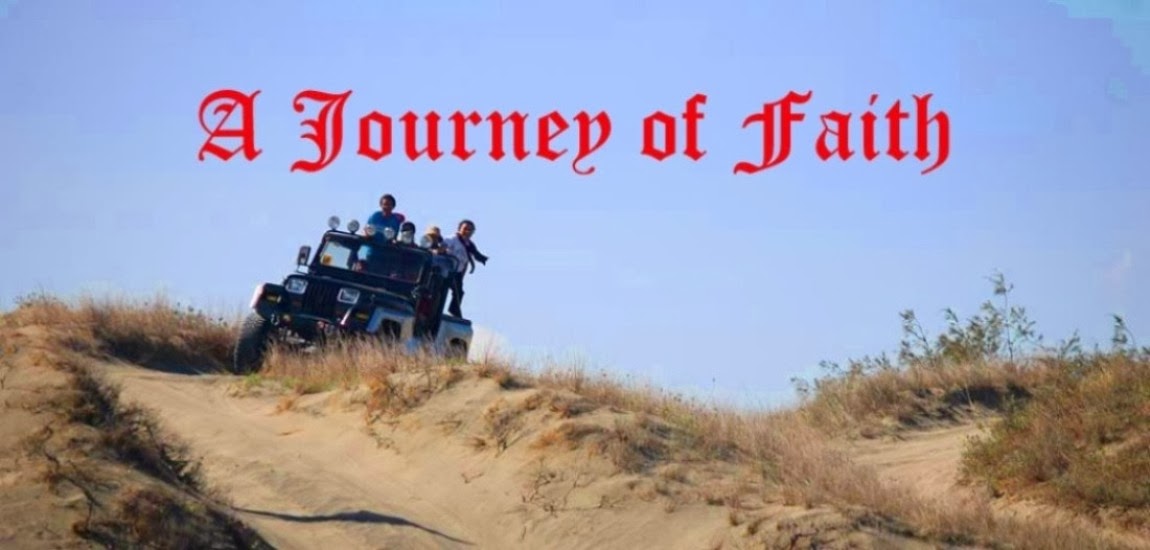By: Odette Leon
The itineraries of my first two
trips to the Ilocos Region (in the early 90’s and in 2006) did not allow me to have a good
enough glance of the famous
UNESCO World Heritage Village -- Calle
Crisologo in Vigan City. Learning about
it, my proud Ilokano cousin-in-law who has gone on European tour commented, “Sayang, If you’ve been to
Vigan, you’ve seen Madrid. Same na same ang setting and ambiance – the cobbled-stone
streets, the century old houses, etc. Next
time you go north, be sure to find time to see VIgan.”
And so I did – during the
September 14-16, 2012 Journey of Faith @
Ilocandia – the pilgrimage for a
cause organized by the Volunteer Catechists Commission.
Arriving 7pm at the Socio
Pastoral Center at Vigan for our overnight rest (about 2hours drive from Badoc Church - the
fourth and last church visited in Laoag),
we had quick refreshing up. After having some hot noodles for dinner at nearby
Chowking, we walked to Calle Crisologo. Unfortunately some souvenir shops were
already closed as it was already almost
half past 8pm when we got there.
Conscious of the 9pm curfew
at the Pastoral Center, we only had some brisk browsing of souvenir items in
two or three stores and were not able to buy anything and take pictures. Disappointed but tired and sleepy, we decided to call it a
day and get some rest for the next day’s schedule.
As we hurried back to the
dormitory, we were met by surprise by
the flash of the camera of our two “guardians” who were just about to start their
stroll along Calle Crisologo – and experience the beauty of nightlife at the
Heritage Village.
Next day, from Bantay Church
and Bell Tower, three of us from my team took a tricycle ride to Calle
Crisologo -- for shopping and picture taking as we strolled along the
cobbled-stoned streets lined up with colonial
houses called “bahay na bato” -- two
storey house with the ground floor made of stone and used as rice granary and
storage area while the upper floor is made of wood and used exclusively for
living quarters with sliding windows made of capiz. Some of the houses are now used as souvenir
shops.

Established in the 16th
century by Chinese traders from the Fujan Province, Calle Crisologo is the main
street in VIgan, the Capital City of Ilocos Sur which has withstood the trials
of time specially WW II. Stories have been told that Vigan was spared from
destruction out of love. During the later part of the WWII, retreating
Japanese troops would blaze any town before leaving so that the American forces could not make use of them. However, one Japanese General who lived and
married a local girl, made a pact with the parish priest to spare the city in exchange for the promise
that the parish priest will take care of his family.
Hence, VIgan is a city
spared out of love and so impressively preserved that present day visitors are
able to experience what life was centuries ago. It is no wonder it is one of
the Philippines’ UNESCO World Heritage sites, the Ilocos Region is very proud
of.
And to conserve the
nostalgic colonial street in this UNESCO World Heritage City of VIgan, only horse-drawn kalesas are allowed to enter
and pass by Calle Crisologo. And so from
there, to complete our Vigan experience, we took a calesa ride going to Gov.
Chavit’s Baluarte Zoo to meet our other co-pilgrims.


















































